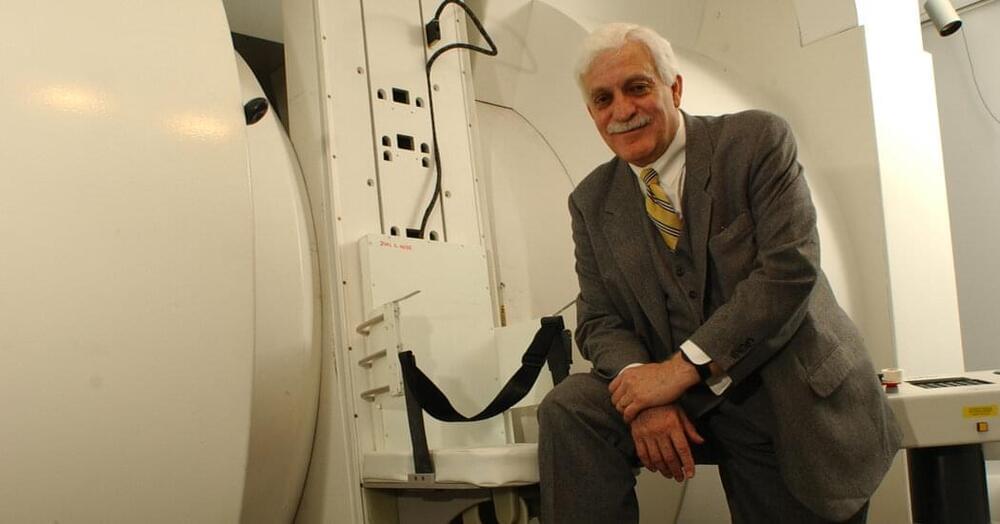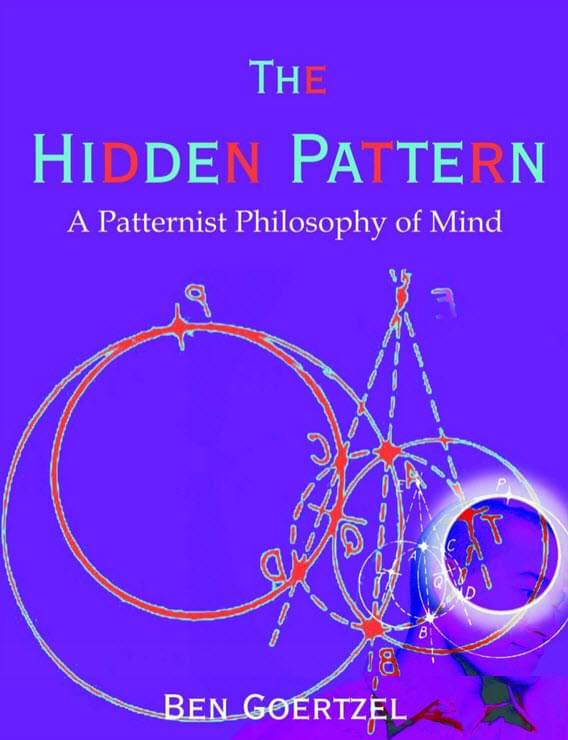Scientists experimenting with next-generation plastics at Finland’s University of Turku have developed a form of the material with some impressive capabilities, most notably an ability to quickly break down after use. The eco-friendly “supramolecular” plastic is therefore highly recyclable and, with careful tuning of its water content, can be turned into an adhesive or even instantly self-heal when damaged.
The reason conventional plastics persist in the environment for so long is the incredibly strong chemical connections between the monomers within them. These particles link up to form polymers through what are known as covalent bonds, but scientists hope to fashion more environmentally forms of the material based on non-covalent bonds instead.
These weaker connections are better suited to degradation and recycling of the material, but do come at a cost in terms of mechanical performance. We have looked at some interesting examples of these “supramolecular” materials in the form of hybrid polymers for drug delivery, self-assembling plastics and adhesives that work at extreme temperatures.







